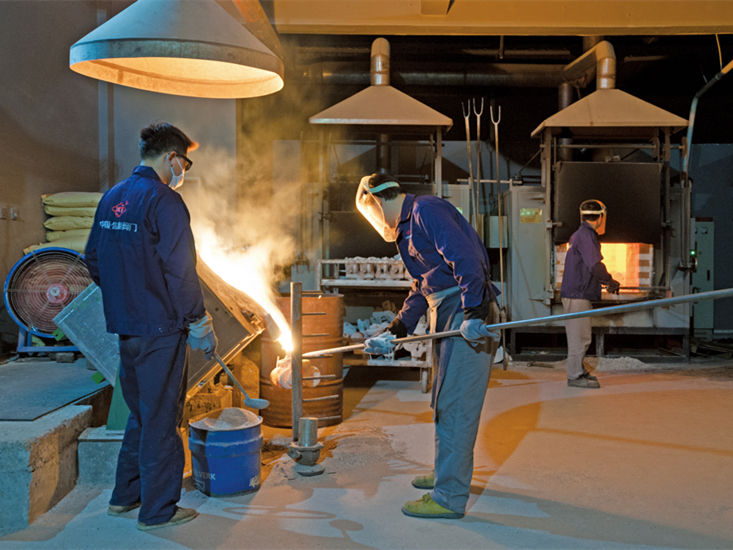Table of Contents
ToggleA ball valve is a two-part system consisting of a stem and a rotating ball. The stem connects the actuator and ball. The stem enlarges the ball, allowing it to rotate. A ball valve’s body is usually rectangular in shape, with an enlarged rectangular section at the ball end. The stem also helps position the ball.
The ball valve’s stem connects the ball to the external control mechanism. Manual valves use a lever or handle to turn the valve’s stem, while automatic ones use electric, pneumatic, or hydraulic power.
The ball valve’s bonnet protects the ball by providing a tight seal between the body and the ball. In addition to the stem, the valve’s bonnet covers the opening of the ball.
There are many parts of a ball valve. If you want to know more about the parts, continue reading this article.
What Is a Ball Valve?
A ball valve is a type of control device with a hole at the center. The opening in a ball valve serves as the flow opening when the cross-section of the flow path and the bore are coplanar. When the cross-section is not coplanar, the valve throttles the flow.
A ball valve has a hollow internal structure that allows more fluid to pass through the valve. The larger space creates turbulence and high velocities. Ball valves have different body designs based on their use and application.
There are split body, welded body, and top entry ball valves. Each type has varying characteristics. To find the best one for your application, you should first know what type of valve you need. Then, determine its specifications and choose the best one for the job.
Ball valves are made of different materials. Single-body ball valves are typically made from cast iron and have smaller openings than other types. These valves are usually less expensive than other types of ball valves.
What Are the Parts of a Ball Valve?
A ball valve is composed of several parts. Among these parts are the valve body, the rotary ball, the stem, and the seats. To learn more, read the following article.
- Valve Body
The valve body is an important component of a ball valve. It is the part that houses all the other parts. A valve body has a vital role in the function of the valve. It is used to control the movement of moving components in a pipeline system. The valve body is the primary part of a valve, and it can be made of different materials. Cast valve bodies are common, while forged bodies are used for high-pressure valves.
- Rotary Ball
The basic components of a ball valve include a rotary ball, a stem, a seat, and a control mechanism. The ball is connected to the control mechanism via a shaft. This ball is hollow and rotates in order to control the flow in the valve. It is the main part of the ball valve.
- Stem
A ball valve is a type of mechanical valve. Its stem is connected to a first shaft. This shaft rotates in response to an actuating force. A ball valve has a stem that connects the ball to an external control mechanism. A manual ball valve uses a handle or lever to turn the stem. The stem is connected to the handle, which helps the ball to rotate.
- Seats
Valve seats may be made of a variety of materials, including ceramic, metal, or a combination of both. Ball valve seats have different characteristics. The internal seat of a ball valve is made of a range of materials. The seats of a ball valve are generally made of a novel material. For example, a synthetic resin may be used for the seats. This material has comparable friction, creep, and monomer permeation resistance to PTFE.
- Power Source
There are two basic types of ball valves: pneumatic and electric. Pneumatic ball valves use compressed air as their power source. They are best for applications that require high durability and fast cycling times. Electric actuators, also known as motorized ball valves, use electricity. Hydraulic ball valves use pressurized fluid as their power source. These valves offer higher torque and cycle rates, but they are not as durable as pneumatic valves.
- Packing
A ball valve has three main components: the valve body, the stem, and the packing. The packing is placed around the stem in the valve to prevent the medium from leaking. It is the seal that prevents leakage in the valve.
- Bonnet
A bonnet of a ball valve is a cap that covers the opening of the valve body. It also serves as the second stage pressure boundary for the valve. The bonnet is fastened to the body by means of a bolt or a screw. This cap holds the ball and stem assembly in place and adjusts the packing compression.










